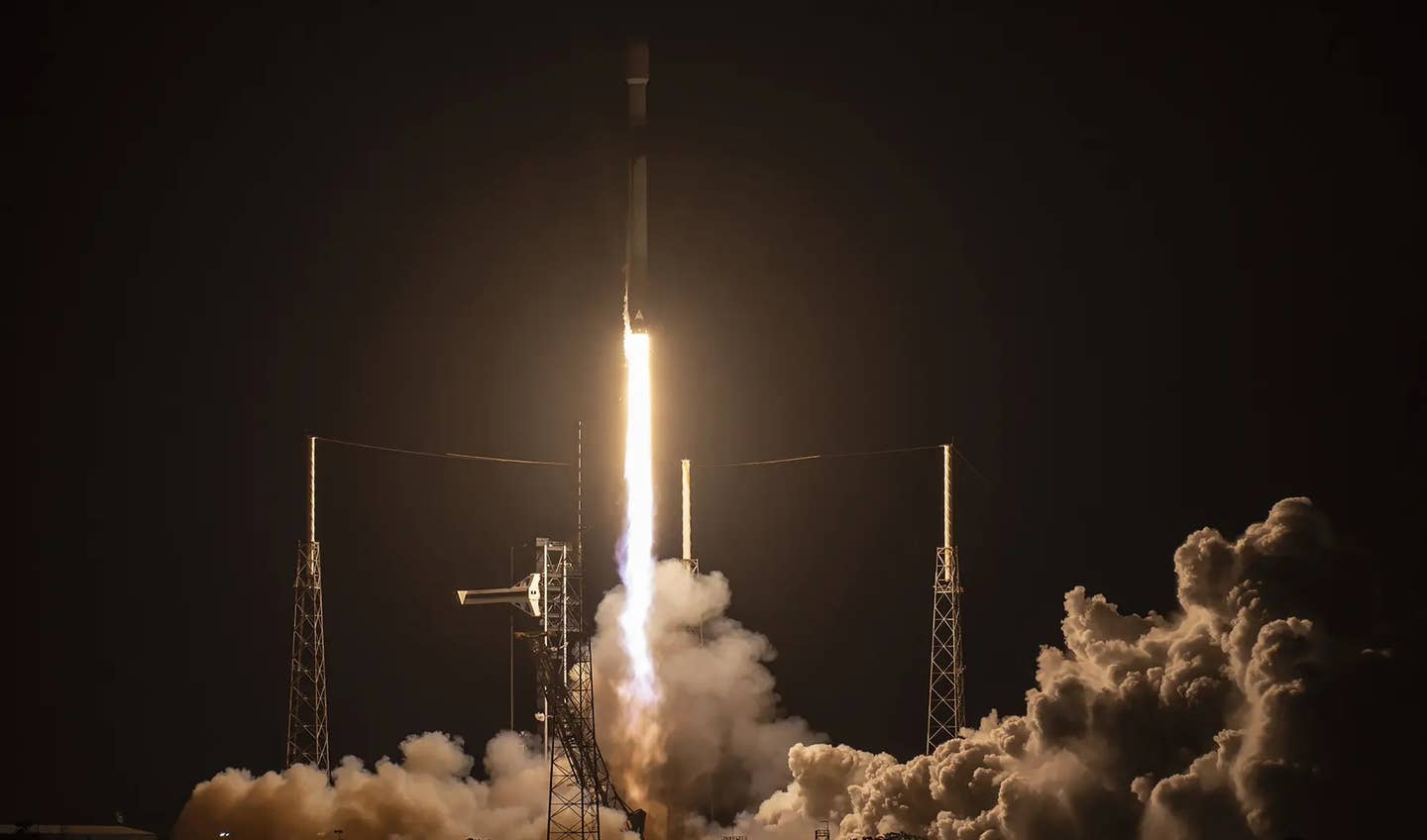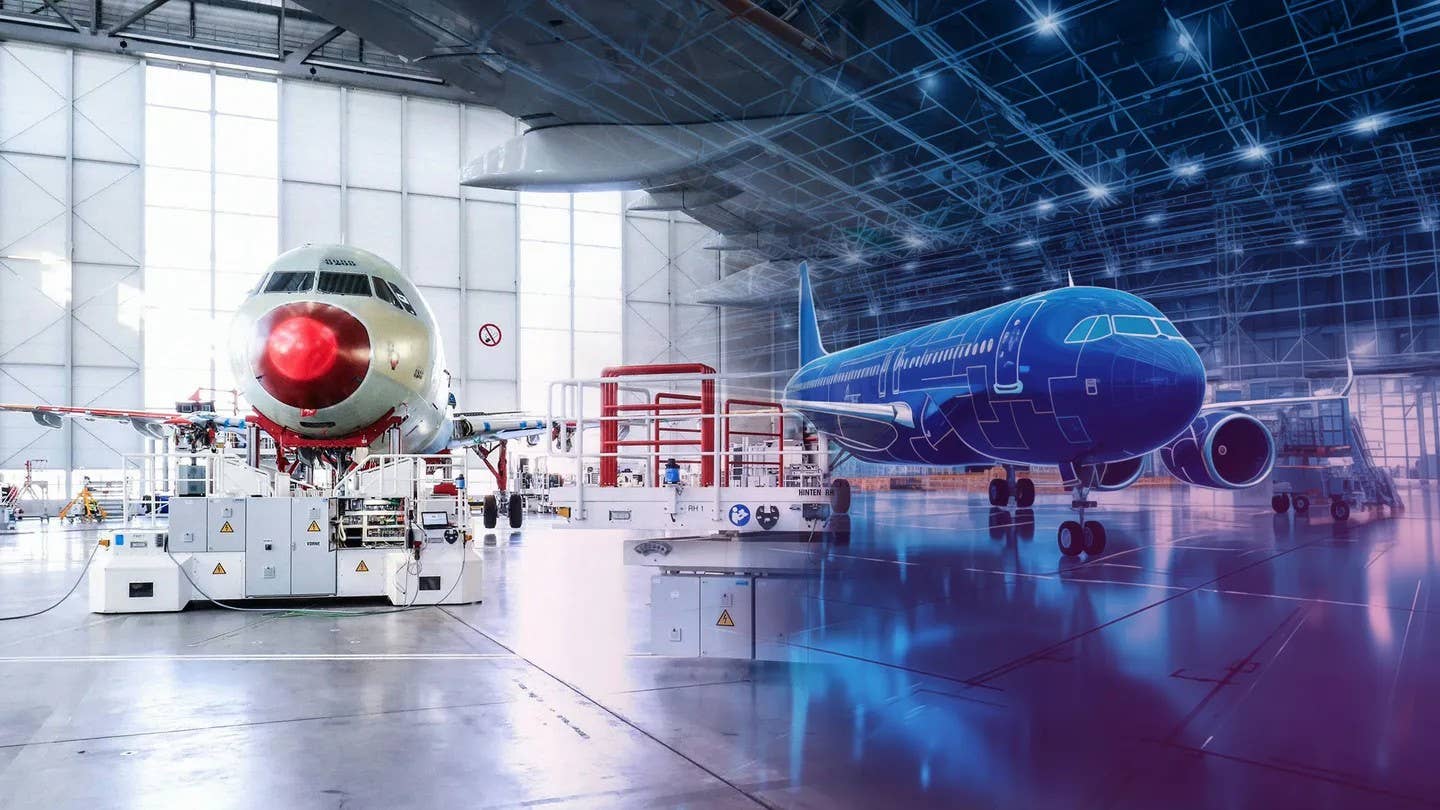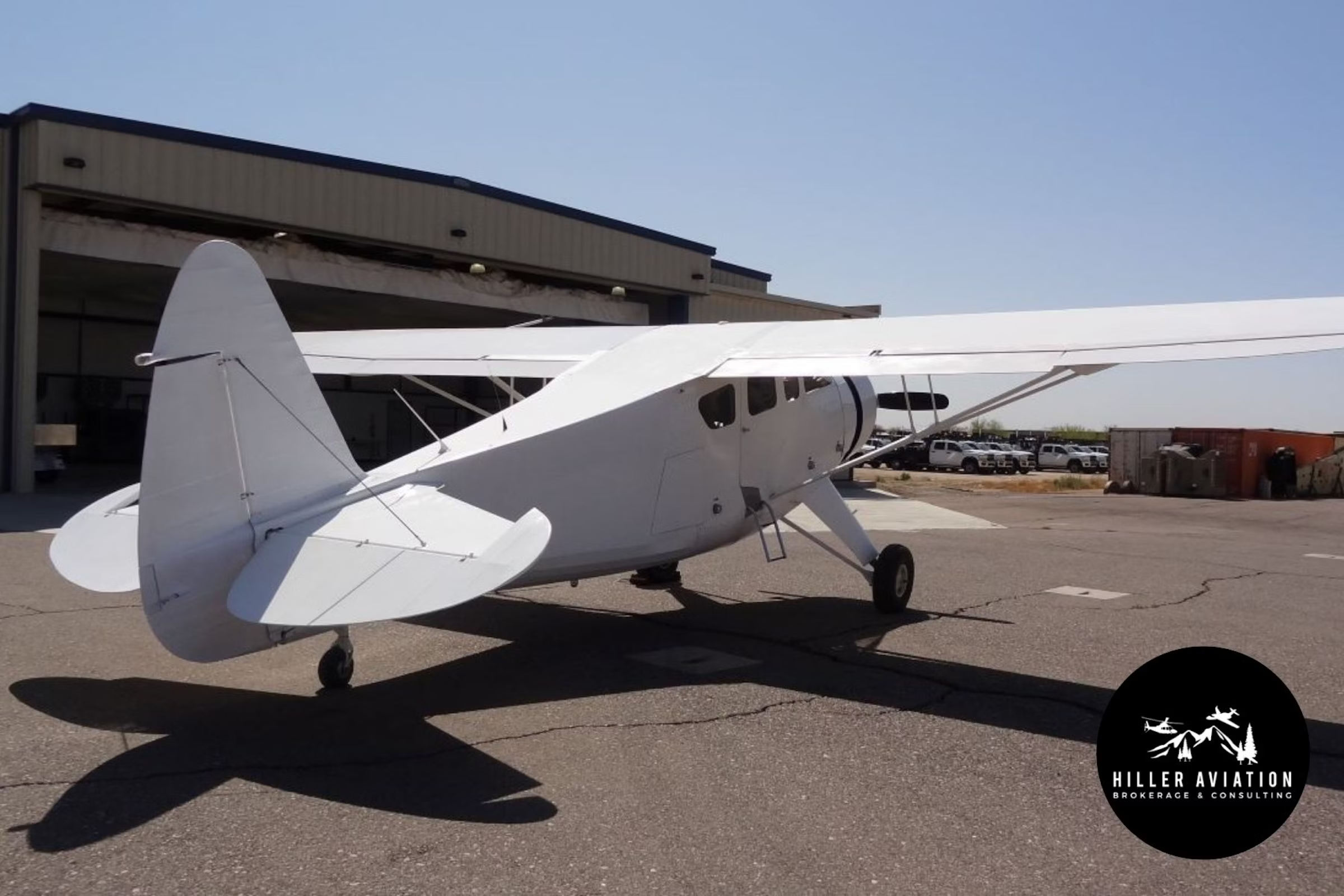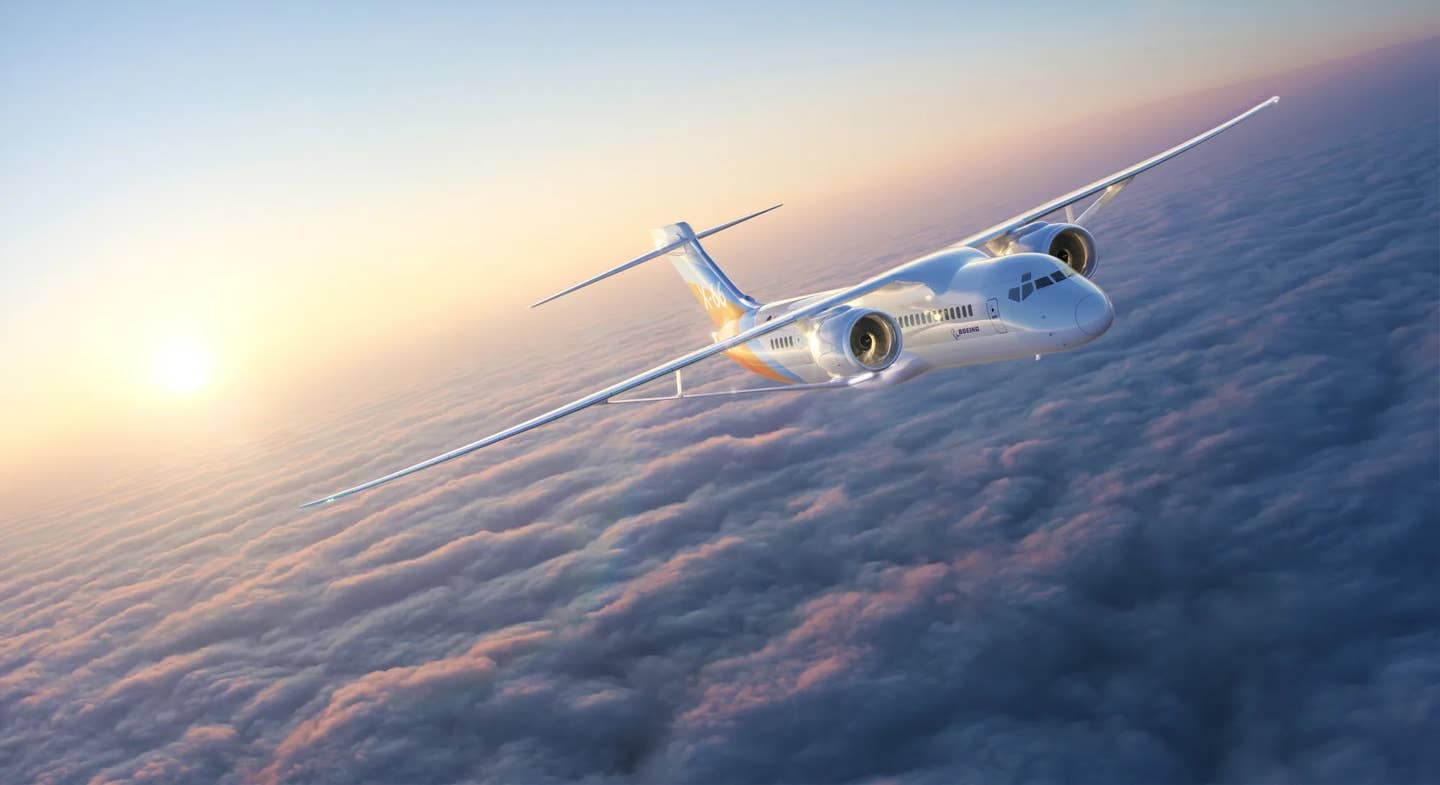Air Force, Navy Aircraft Availability and Flight Hours Decline
The U.S. Navy’s fighter attack fleet availability ‘fell considerably more’ than that of the Air Force, according to the government report.
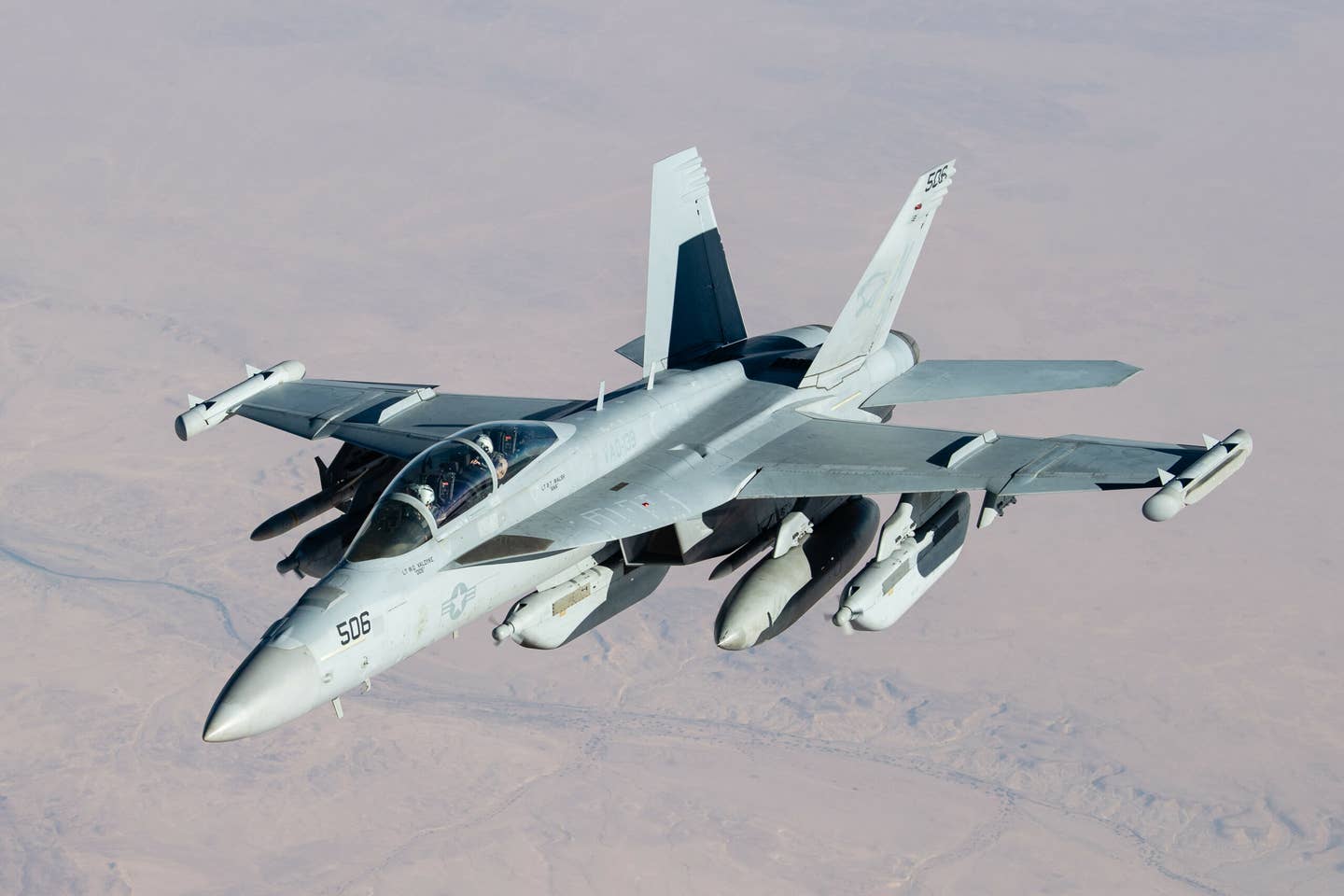
A U.S. Navy E/A-18G Growler flies over the U.S. Central Command area of responsibility in support of Operation Inherent Resolve, Sept. 25, 2020. [U.S. Air Force photo by Staff Sgt. Justin Parsons]
U.S. Air Force and Navy aircraft flying hours and availability have declined over the past two decades, according to the Congressional Budget Office (CBO).
The trend, which is more pronounced than U.S. Department of Defense (DOD) assessments due to how aircraft are accounted for, was heavier in the Navy, which also flew more hours per aircraft, the nonpartisan government agency tasked with supplying economic analysis to Congress said in a recent report.
How We Got Here
CBO analyzed patterns of aircraft use and availability, or the percentage of time the aircraft may be flown on missions or for training, since 2001 in both the Air Force and Navy, which also includes the Marine Corps.
The findings offer a starker picture in comparison to DOD assessments because CBO measured only “fit to fly” aircraft. DOD measures only the availability of aircraft in the possession of operating units.
“CBO’s measure counts aircraft in depot-level maintenance or storage as being unavailable,” the agency said.
While trendlines for both services show declines in aircraft availability and flight hours, the trends were more pronounced in the Navy owing to a “steep decline” in its fighter aircraft availability, CBO said. Overall, Navy aircraft availability fell to 40 percent in 2019, down from 48 percent reported in 2015, CBO said. In comparison, Air Force aircraft availability remained mostly flat at about 50 percent during the same period.
When looking at attack and fighter aircraft, both services had lower availability than they did in the early 2000s. However, the situation was more pronounced in the Navy, the result of depot-level maintenance of older aircraft, CBO said.
“There has been an especially marked decline in the availability of DoN’s F/A-18C/Ds, known as legacy Hornets, caused by considerable delays in the successful completion of ‘high flight hour inspections,’ which are not solely inspections but also a series of actions intended to extend the Hornets’ operating life,” CBO said.
While CBO found that the availability rates of Navy fighters and attack aircraft were below those of Air Force’s rates, it also noted that Navy attack aircraft, such as F/A-18E/Fs, have flown more hours annually.
The availability of the Navy’s fixed-wing fleet, which is used to train pilots, has also fallen below that of the Air Force in recent years. In 2000, the Navy had a nearly 80 percent availability rate for trainers. By 2020, however, that rate had fallen to about 50 percent, CBO said. In 2000, the Air Force’s availability rate of trainers was around 60 percent—a rate reported for the service in 2020.
Aircraft availability rates for both services saw a short-term bump in 2020 during the onset of the pandemic, the report noted. For the Air Force, the availability rate rose from 49 percent in February 2020 to 54 percent within two months, before returning to 49 percent in September that same year. In the Navy, aircraft availability rose from 41 percent in February 2020 to a peak of 44 percent in May. By September 2020, it had fallen to 43 percent for the service.
“With the services flying fewer hours, more spare parts may have been available to complete maintenance, increasing the number of aircraft that were available,” CBO said. “Or fewer flying hours may have reduced the chances that available aircraft would experience problems and need repairs.”

Sign-up for newsletters & special offers!
Get the latest FLYING stories & special offers delivered directly to your inbox

